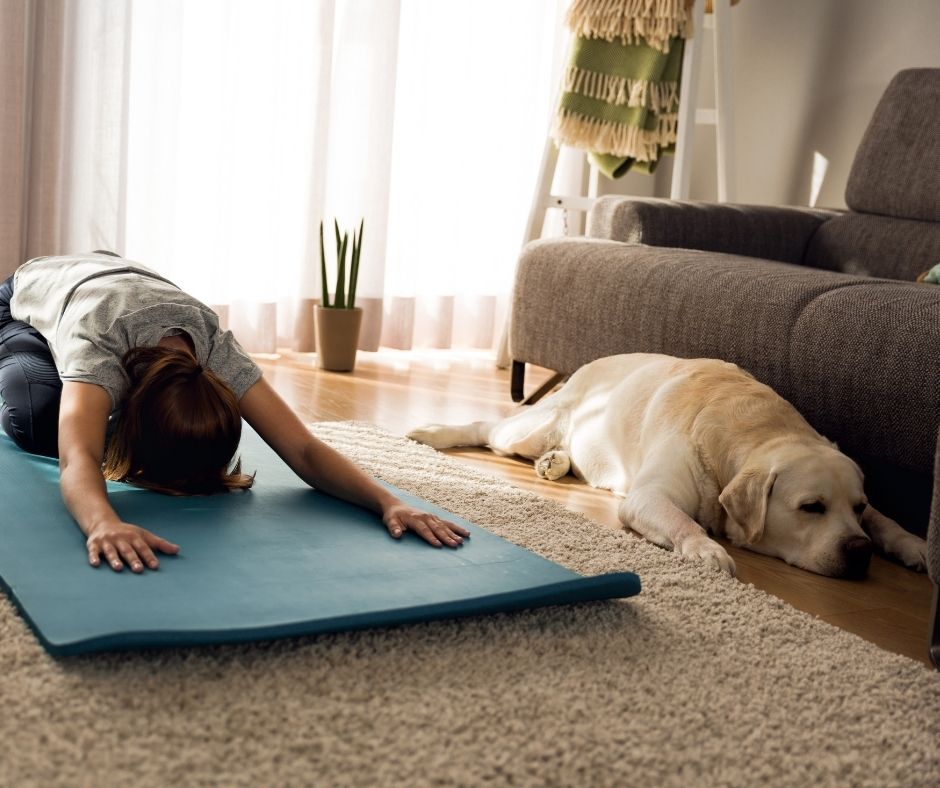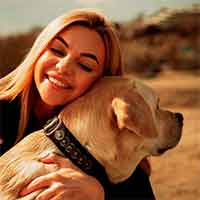Last Updated on September 22, 2023 by Linda Richard
Labs are known for their energy and high-spirited nature. Most Labs calm down around 3 years of age, with the exception of a few exceptions that many people will love to argue about. Because they’re so energetic as puppies, it’s important that you train them properly from an early on in life.
The “lab puppy behavior stages” is a process that takes place during the first few weeks of a lab’s life. It is important to know when your pup is calm and when they are not, so you can take them out for walks at the appropriate time.
How do you calm down a hyper puppy?
A: There are a few ways to calm down a hyper puppy. One way is to distract them with something else, like playing with them or giving them a treat. Another way is to put them in the crate and leave it open so they can see you while youre busy doing something else.
What age will my puppy calm down?
A: It is difficult to say what age your puppy will calm down. Some dogs are more mature than others and some breeds of dogs tend to be more excitable than other breeds. You can try feeding your dog a treat when you first get it home, or playing with it in the yard for a few minutes before letting it inside.
Labradors tend to calm down as they age. They will also become more mellow and less energetic. This is because their brains are maturing, which allows them to focus on things that are important. Reference: labrador behavior by age.
Watch This Video:
Related Tags
- when do labs stop growing
- do labs calm down after being neutered
- my lab puppy is out of control
- how to calm down a lab puppy
- 9 month old labrador behaviour

